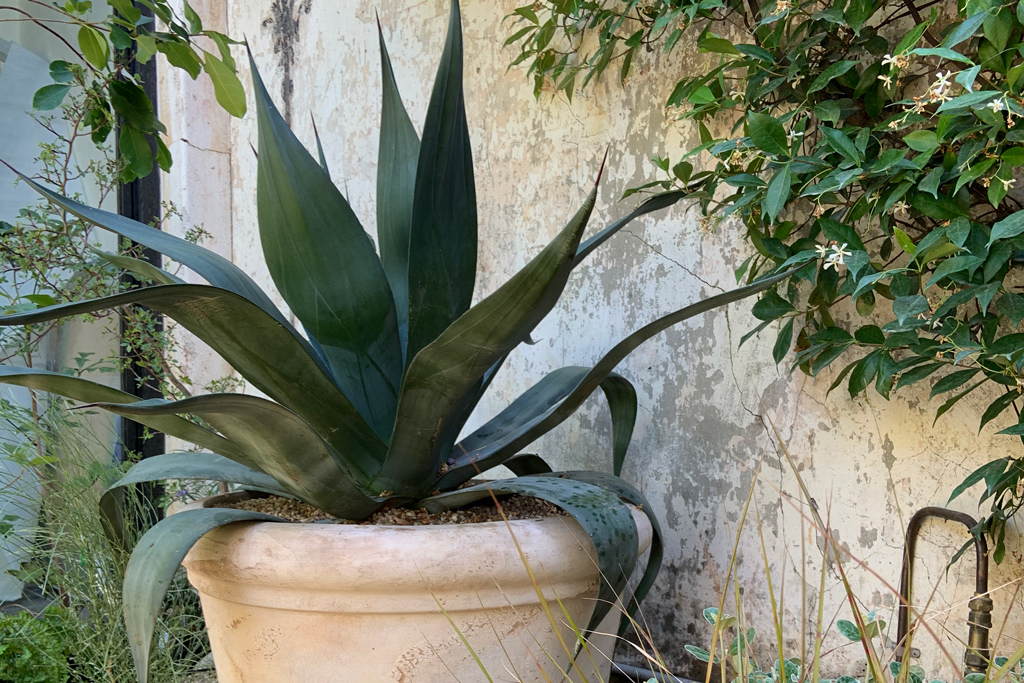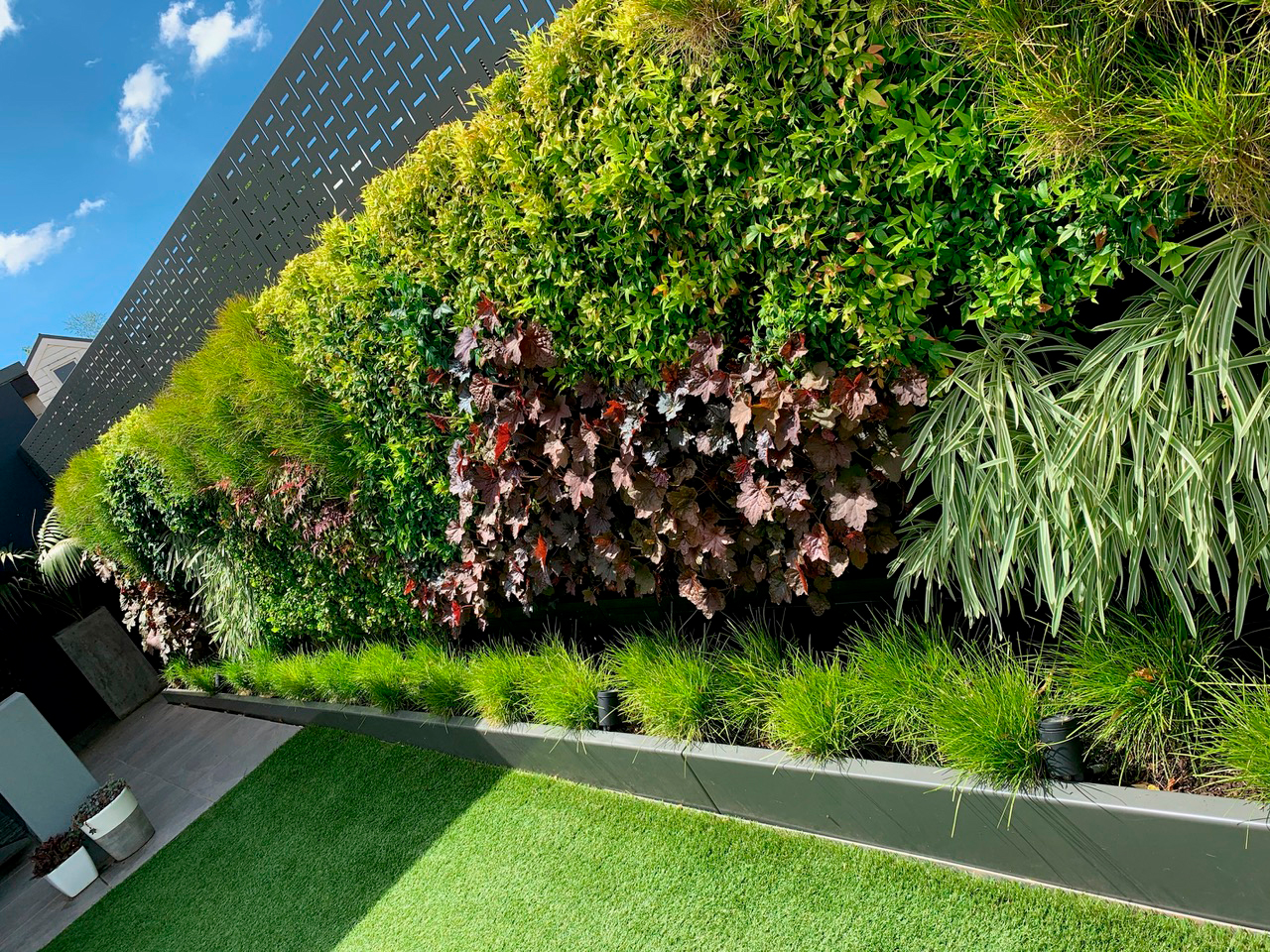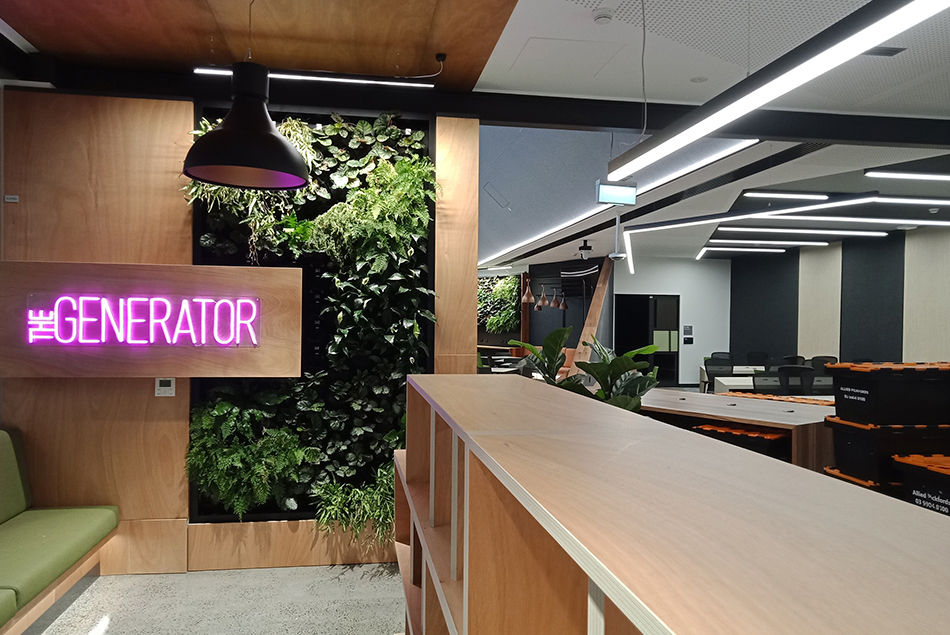
Florian Wild is the fun gardening alter-ego of Clare Mackarness and Rupert Baynes-Williams. After working together previously, Clare and Rupert decided to work together again and established Florian Wild early in 2021.
As landscape designers, Florian Wild creates gardens which are experiential and evocative. Drawing inspiration from experience and memory to create spaces of substance that speak to their locality.
Their work encompasses residential, commercial, broad-acreage and other fun projects. Florian Wild believe gardens should be emotive and should resonate.

What makes Florian Wild different?
We consider ourselves to be curators rather than designers – the difference being the process. There’s an artisanal side not just artistry. We see so many others consider the design complete when it’s down on plan and installed. This might work for architecture where the end result is static but gardens are alive and, to be best enjoyed, they should be free to evolve. That’s what gardening is about anyway - there is no end.

What sparked your career(s) in landscape design?
The mix of science and creativity. Being able to create spaces without the stress of being an architect.
What inspired you to start your own business?
We wanted to do something different without having to stick to someone else’s formula.
What fuels or helps your creative process?
Testing, trialing, learning, processes and fun.
How do you keep your work fresh or unique?
Have fun and don’t take yourself too seriously.
Why do you think people come to Florian Wild to create their gardens?
We’re fun!

How does your design process work? Is your design process client led, or do you endeavour to include your own style?
If we couldn’t include our own style or process I’m not sure we would enjoy the project! We try to push our clients, that’s our job, and add value to the process. We need to extend the brief, flesh it out and thoroughly test it. That’s what we’re paid to do and we enjoy it.
Can you tell us about some design projects you're working on?
We’re currently finishing off a large house in Williamstown. It’s set in a heritage Presbyterian manse built in 1856 - the bones of this architecture have really set the tone for the garden as a whole.

What are your tips for linking an exterior space with the interiors of a home?
We’re lucky now to be working with some great architects and interior designers, so this comes naturally. The key would be to consider everything holistically rather than planning one area without considering the other.
What trends do you see in the industry that excite you?
More and more people in the industry are now taking landscape seriously. We are becoming involved earlier in the project so that landscape can be considered with the early planning of a home, both inside and out.
Which materials commonly appear in your projects?
We like materials that have an earthy natural presence. Natural stone with rough edges over something polished and artificial.

Do you have favourite go-to plants that tend to appear in most designs, or is every garden a unique horticultural adventure?
We like texture. The way that light interacts with the edges of plants is just as important as the leaf or flower colour itself. We’re also not purists so we are happy to mix exotics with natives so long as there is some harmony with colour, texture or emotion. The context of a project is so important so we do not ever think we will import a set palette of plants into our designs. Having said that, our designs to incorporate a lot of ferns, succulents and large foliaged shrubs (e.g. fatsia).
While we’re on favourites, which pot(s) from the Martin Kellock collection are you fond of and why?
In keeping with the types of materials we like, we’re really into the mixed range of terracotta’s as these age and patina well. They become part of the landscape rather than just a vessel within. We also like patina finishes for the same reason.



